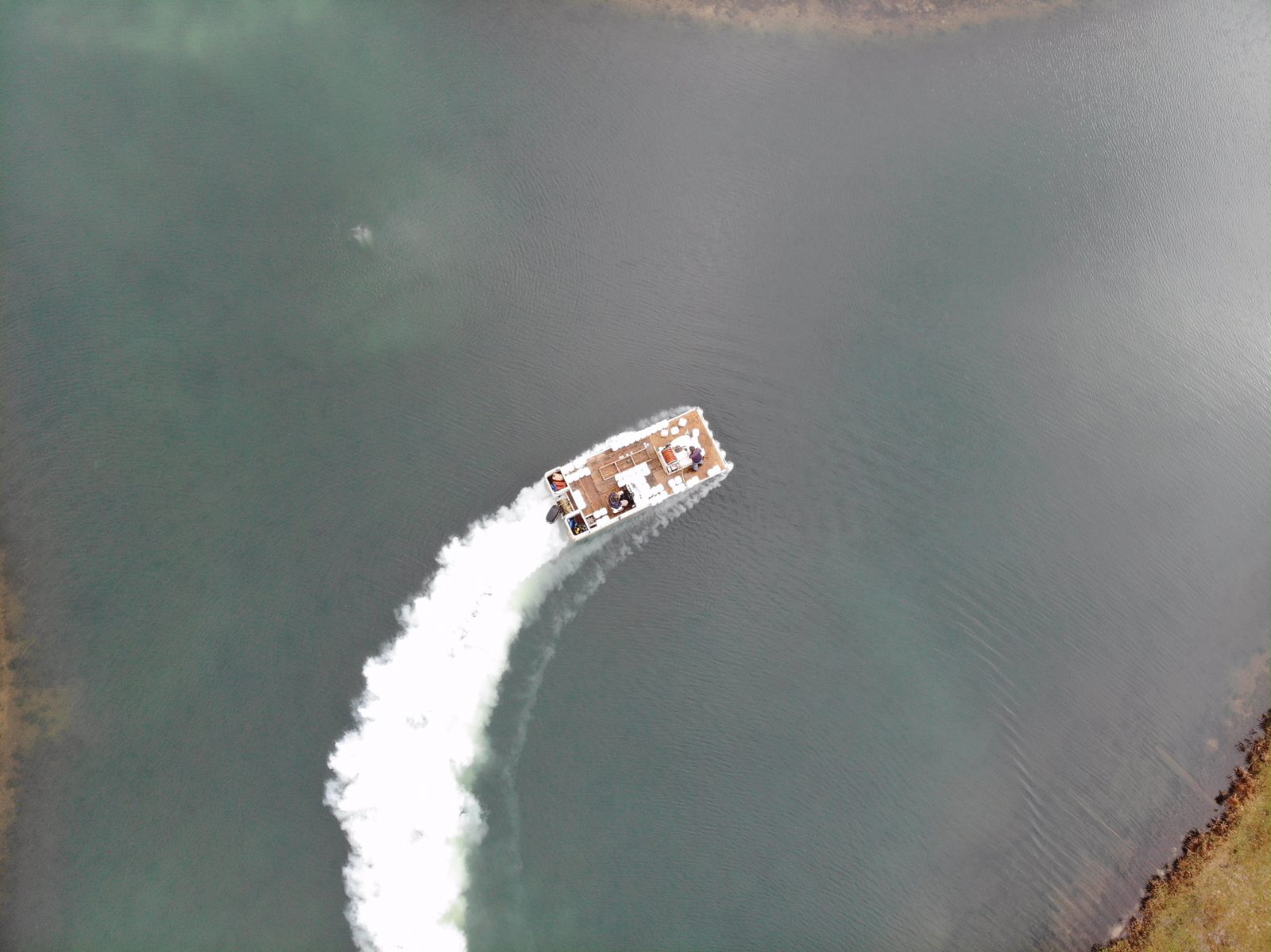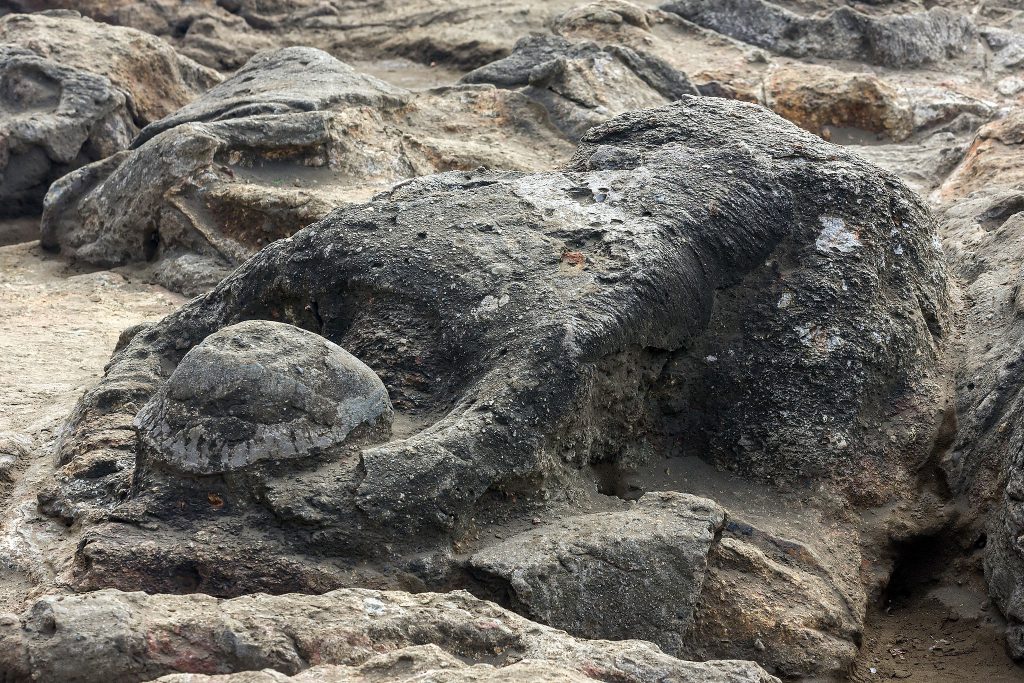
As the leaves begin to turn, water begins to cool off and the air becomes crisp with notes of autumn, these seasonal changes should serve as a reminder to start thinking about adding limestone to your lake, pond or trophy fishery. Liming can be incredibly beneficial for freshwater suffering from acidic water that is low in pH, which directly affects the availability of nutrients necessary to sustain aquatic organisms.
Water quality and pH are highly dependent on the sediment at the bottom of the lake or pond. Waterbodies that have developed on acidic soils, particularly those that are clay-based, often exhibit a low pH and poor ability to sustain aquatic life. These types of soils are found throughout the United States, but are most prevalent in the South and Southwestern regions of the country.

Using Limestone to Improve Water Quality
Just as many take an antacid for an upset stomach, lakes and ponds often require the application of limestone to balance out water quality. Throughout the day, many factors can cause water pH to fluctuate, such as photosynthesis and respiration from both plants and algae. Limestone contains mineral properties that can help maintain pH at more constant and desirable levels, making it an effective and sustainable technique for promoting the long-term health of your lake or pond – particularly if you desire a successful fishery.
Productive fisheries require water rich in nutrients, which promote the growth of phytoplankton. Phytoplankton are microscopic plants that serve as the base of the food chain in fisheries and are critical for rapid fish growth. In waterbodies with a balanced pH, nutrients are available for use throughout the water column, but in acidic lakes and ponds, nutrients tend to sink to the bottom of the waterbody and bind with the muck and sediment where they cannot be used to fuel desirable plant growth. Fisheries benefit from higher levels of nutrients, and the application of limestone facilitates the efficient use of these nutrients, resulting in a stronger food chain and a more productive fish population over time.
Liming also helps increase the total concentration of calcium in the water, otherwise referred to as water hardness. Correct water hardness levels are incredibly important in waterbodies that sustain trophy fish populations, as they directly affect bone and scale development in fish, crustaceans and other aquatic species. Limestone composed of calcium and magnesium is available to help improve the physical health and longevity of your aquatic species. Even if your management goals do not center around improving a fishery, lime will often have a place in your management program. For example, some non-desirable plant species favor acidic waters, and the use of lime will help provide an aquatic environment more conducive for desired vegetation species, while limiting these undesired plant species.
Best Timing for Testing Your Body of Water
Limestone can take several weeks to impact water quality, and should not be applied at the same time as pesticides due to undesirable interactions between the various nutrients and minerals. As such, it’s recommended that liming should be completed in the fall and winter months when pesticide use has been suspended. Before applications can be made, it’s important to complete water quality testing to ensure that your waterbody does, in fact, need limestone. If liming is prescribed, a professional can help you select the most effective application method and amount, based on the physical and chemical parameters of your waterbody.
It’s important to remember that the aquatic environment in your lake, pond or fishery is always in a constant state of change, depending on many factors related to rainfall, stormwater runoff, plant growth, sunlight, and aquatic species populations. If your waterbody is not currently in need of liming, it’s critical to continue testing water quality often and building a knowledge base to help determine the long-term needs of the ecosystem. The action you take today will go a long way in strengthening the health of your lake, pond or trophy fishery for years to come.
SOLitude Lake Management is a nationwide environmental firm committed to providing sustainable solutions that improve water quality, enhance beauty and preserve natural resources.
SOLitude’s team of aquatic scientists specializes in the development and execution of customized lake, stormwater pond, wetland and fisheries management programs. Services include water quality testing and restoration, algae and aquatic weed control, installation and maintenance of fountains and aeration systems, shoreline erosion control, muck and sediment removal and invasive species management. SOLitude partners with homeowners associations, golf courses, private landowners, businesses and municipalities. SOLitude Lake Management is part of Rentokil, a leading business services company, operating across the United States, Canada and Puerto Rico.
For more information, visit SOLitude Lake Management at solitudelakemanagement.com, and connect on Facebook, LinkedIn and Twitter.









